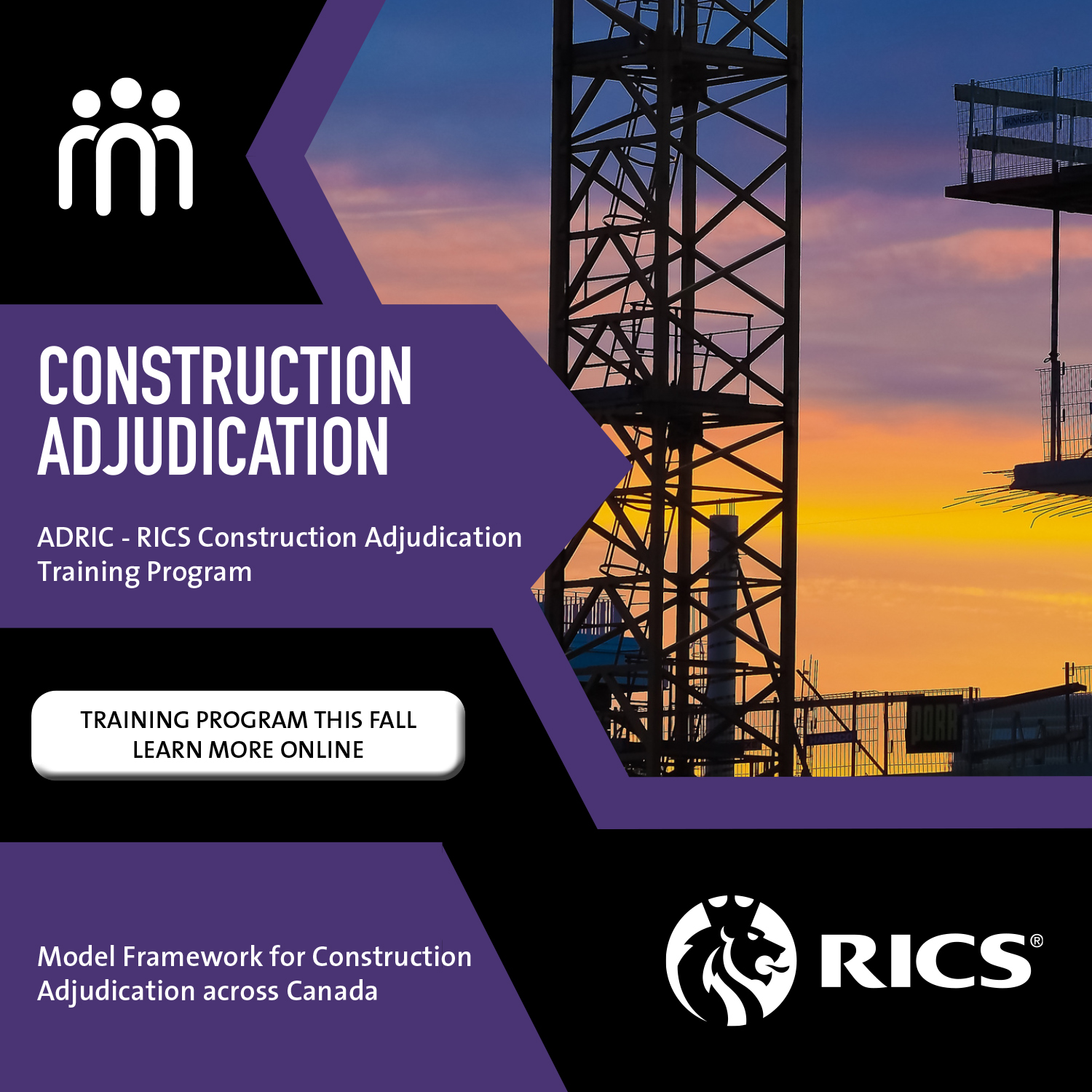
Strategic Considerations: The Continued Significance of the 1976 UNCITRAL Rules in Modern Arbitration
By Gina Murray

In 2010, the United Nations Commission on International Trade Law completed the first and most significant revision of the UNCITRAL Arbitration Rules, initially released in 1976. The 2010 amendments sought to update the UNCITRAL Rules to reflect the then modern arbitration practice while preserving the structure and flexibility of the 1976 Rules. This article considers the presumptive application of the 1976 Rules to disputes arising from agreements concluded prior to August 15, 2010, and then highlights some of the key changes that should be considered in overall arbitration strategy when considering whether to arbitrate under the 1976 Rules.
Introduction
It has been nearly 50 years since the United Nations Commission on International Trade Law (“UNCITRAL“) published the first iteration of the UNCITRAL Arbitration Rules in 1976 (the “1976 Rules“). Since then, the 1976 Rules have undergone only one significant revision in 2010 (the “2010 Rules“) directed at modernizing the UNCITRAL Rules to keep pace with the demands of contemporary arbitration while maintaining the hallmark procedural flexibility of the 1976 Rules.[1]
In the more than 13 years since the 2010 Rules came into force on August 15, 2010, investor state arbitration has clearly demonstrated that the 1976 Rules maintain a prominent place in today’s arbitral practice. Indeed, a 2021 empirical study examining costs, damages and duration in investor state arbitration that looked at over 400 cases found that 79% of the cases decided under UNCITRAL Rules were decided under the 1976 Rules.[2] While statistics relating to commercial disputes in Canada are not expressly reported, it is very likely that arbitral counsel will encounter the UNCITRAL Rules at some point during their careers.
Which Rules to Apply: 1976 or 2010?
The 2010 Rules state that those Rules are presumed to apply only to arbitration agreements referring to the UNCITRAL Rules that were concluded after August 15, 2010, and that do not direct the application of a particular version of the UNCITRAL Rules by agreement.[3] Accordingly, the 1976 Rules remain applicable to arbitrations conducted under agreements concluded prior to August 15, 2010, or if the parties expressly agree.
Two Key Changes Between 1976 and 2010
While the 1976 Rules were substantially revised, the discussion below highlights only two of the many changes that parties may want to consider when faced with selecting either the 1976 Rules or the 2010 Rules.
Response to the Notice of Arbitration (2010 Rules, Art. 4)
The revisions to Article 4 require that the Respondent submit a Response within 30 days of receiving the Claimant’s Notice of Arbitration. This change was designed to correct an imbalance under the 1976 Rules, which did not provide an opportunity for the Respondent to set out its position until after the constitution of the tribunal, and often after the procedures and timetable for the case had been established.[4]
Whether this change is beneficial will depend on the party’s status as the Claimant or Respondent. As a Claimant, it may be beneficial to have control of the narrative until after constitution of the tribunal and significant procedural steps have been established. However, as a Respondent, the potential benefit of providing a response early in the dispute must be weighed against other strategic considerations that arise from agreeing to use the 2010 Rules.
Jurisdictional Objections (1976 Rules, Art. 21.4; 2010 Rules, Art. 23.3)
The revisions to the 1976 Rules eliminated the presumption that, as a general rule, the tribunal should decide jurisdictional objections as preliminary questions. The 2010 Rules expressly provide that the tribunal may rule on a jurisdictional question as a preliminary question or in an award on the merits.
In considering which version of the UNCITRAL Rules to use, parties should consider whether they have a legitimate challenge to the tribunal’s jurisdiction. In those cases, the party with the jurisdictional challenge would benefit from the presumption contained in the 1976 Rules to avoid being forced to address the substantive issues in dispute when the tribunal may not have the jurisdiction to decide the matter.[5]
Conclusion
Parties that want the structure and flexibility of the UNCITRAL Rules should consider carefully the potential advantages (or disadvantages) associated with the UNCITRAL Rules presently in force or the 1976 Rules. Further, while much emphasis was placed on the impact of the 2010 Rules on the efficiency and modernization of current arbitral practice, these considerations should take a backseat to more specific strategic questions such as issues of jurisdiction and procedural imbalances. Consistent with the overarching flexibility of the UNCITRAL Rules, any issues related to efficiency and contemporary practice can be readily addressed through a procedural order regardless of which version of the UNCITRAL Rules is ultimately selected to govern the dispute.
[1] The UNCITRAL Rules were also amended in 2013 and 2021. In those amendments, however, the changes to the UNCITRAL Rules were limited to the addition of Article 1(4) to incorporate the UNCITRAL Rules on Transparency in Treaty-Based Investor-State Arbitration and Article 1(5) which addresses the application of the UNCITRAL Expedited Arbitration Rules 2021.
[2] M. Hodgson, et al, “2021 Empirical Study: Costs, Damages and Duration in Investor State Arbitration”, British Institute of International and Comparative Law and Allen & Overy,(June, 2021) online: https://www.biicl.org/documents/136_isds-costs-damages-duration_june_2021.pdf. The study looked at over 400 cases with approximately one third being decided under the UNCITRAL Rules.
[3] 2010 UNCITRAL Rules, Art. 1.2.
[3] S. Finizio et al., “Revised UNCITRAL Arbitration Rules”, (July 2010) (WilmerHale).
[4] Gary Born, International Commercial Arbitration, 3rd edition (Kluwer Law International, 2020), at p. 1340.
Gina Murray is an Associate in the Litigation and Dispute Resolution Group at Blakes in Calgary. Gina’s practice focuses on all areas of corporate and commercial litigation and dispute resolution. She has experience in a variety of areas, including appellate advocacy, arbitration, insurance, administrative and constitutional law.












